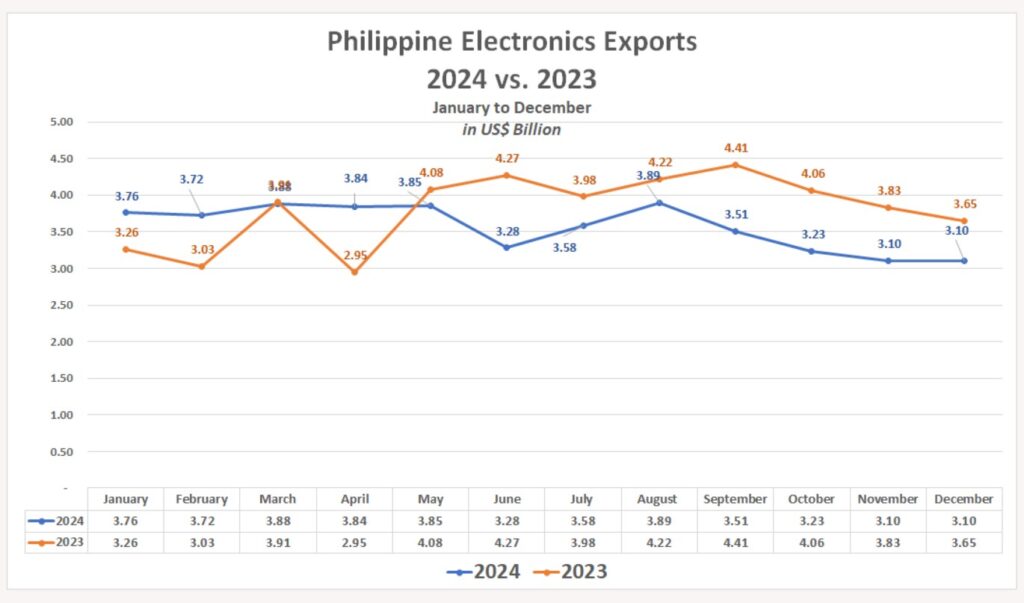ASIA ELECTRONICS INDUSTRYYOUR WINDOW TO SMART MANUFACTURING
Philippines Creates Body to Boost Electronics Industry
Philippine President Ferdinand Marcos Jr. has created the Semiconductor and Electronics Industry (SEI) Advisory Council. Accordingly, the new body will aim to strengthen the country’s semiconductor and electronics industry and ensure global competitiveness.
In the administrative order, the council will serve as the President’s primary advisory body on the semiconductor and electronics industry’s development, promotion, and competitiveness. The Philippines is vital in the global semiconductors and electronics packaging value chain, with a five percent market share worldwide.
Advancing Domestic Manufacturing
The SEl Advisory Council should provide strategic guidance and industry insights to ensure the implementation of the country’s semiconductor and electronics roadmap and its alignment with the national economic development goals. Marcos also ordered the Department of Trade and Industry (DTI) to develop the Philippine Semiconductor and Electronics Industry (PSEI) Roadmap, which will serve as a strategic framework to accelerate the growth and global competitiveness of the country’s semiconductor and electronics industry.

The SEl Advisory Council will be chaired by the Special Assistant to the President for Investment and Economic Affairs, with the trade secretary as vice chair and the secretaries of the National Economic and Development Authority (NEDA), finance, energy, science and Technology; labor and employment; and education as members.
Special Assistant to the President for Investment and Economic Affairs Frederick D. Go said Marcos’ administrative order stresses the administration’s commitment to strengthening the country’s top export sector – semiconductor and electronics.
“This development provides us a platform to supercharge industry growth, drive innovation, and enhance our global competitiveness,” Go said. “It is part of our broader strategy to advance domestic manufacturing capabilities and move towards higher value-added activities,” he added.
Two-Year Exports Downtrend
The country’s electronics exports declined 6.37 percent from US$45.65 billion in 2023 to US$42.74 billion in 2024. This is the second consecutive year the country’s electronics exports suffered a year-on-year downtrend as 2023 results shrunk 8.08 percent to US$45.64 billion from 2022’s US$49.66 billion.

“The business environment of the Philippine electronics industry in 2024 was marked by a mix of challenges and opportunities. On one hand, the semiconductor and electronics export sector showed signs of modest recovery after a challenging 2023,” said Lachica.
Nonetheless, electronics remains the country’s biggest export chunk at 58.38 percent of the US$73.21 billion total exports in 2024.
04 April 2025



